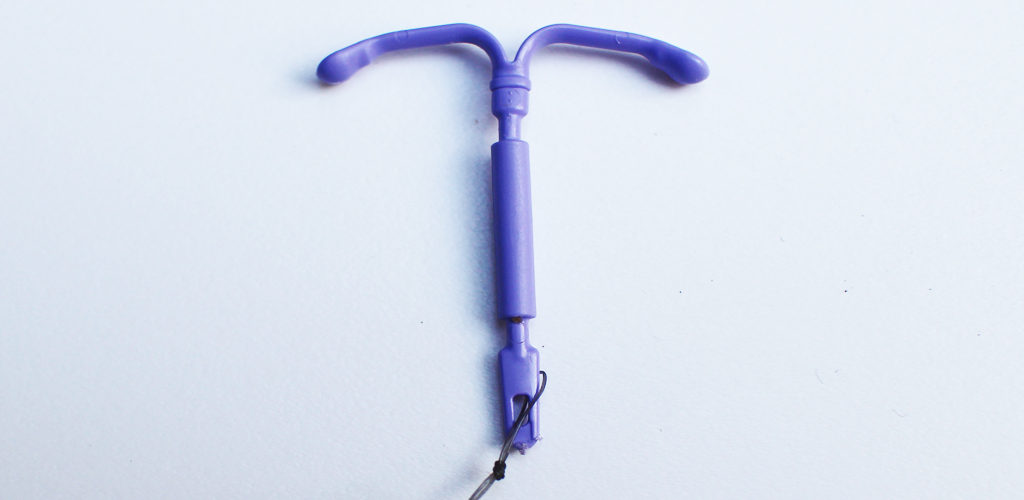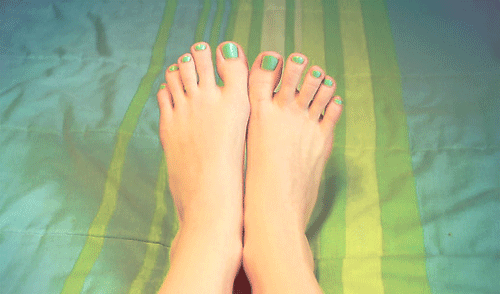When it comes to contraception, there are plenty of good — but imperfect — options. There are condoms, but many people claim they’re uncomfortable, to the point where they’d just prefer not to use them at all; there’s the Pill, but hormonal birth control often comes with a slew of side effects, like mood swing and weight gain. IUD
Then there’s the intrauterine device (IUD). A tiny T-shaped object that’s implanted into the uterus, which is quickly becoming one of the most popular methods of reversible birth control among young women; and unlike condoms or pills, it has a success rate of close to 100%.

But despite the increasing popularity of IUDs, there’s still a fair amount of horror stories surrounding the after-effects of the treatment. Here’s the story of 25-year-old Morgan, a single mom who had gotten IUD eight weeks after giving birth:
As a 25-year-old college student who works two day jobs, I didn’t expect this to be my story.
Initially, the procedure went as planned, with just one complication: When trimming her IUD string, which is supposed to hang 1 to 2 inches long in the cervix so it can be easily located and removed, the doctor said she’d accidentally cut it too short. It didn’t seem like a big deal at the time.
Boy, was she wrong not to suspect anything.
Fast-forward three years to this past October, when I went to a new ob-gyn for my annual checkup. (I only went to one who’d inserted my IUD during my pregnancy and postpartum period.) During my vaginal exam, she told me she couldn’t see my IUD. Although the devices sometimes can fall out, I knew for a fact that mine hadn’t. But because I had no symptoms, I wasn’t worried.
I was at work one day in November when suddenly, I felt like I’d been stabbed right below my belly button. The pain, which came and went, was totally different from period cramps and absolutely unbearable. It got so bad that I left work early and went straight to the emergency room.
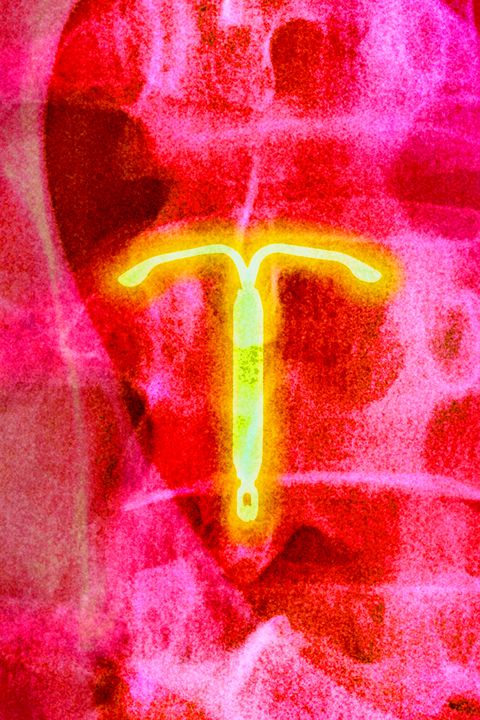
And things just escalated from bad, to real bad from here:
At the hospital, I got an X-ray that told a very different story from my October ultrasound. My IUD was in there, alright: It was wedged into the wall of my stomach. My doctors didn’t say whether they’d ever seen this happen before.
I was told there were two possible reasons why the IUD might have migrated: Either it was put in too soon after childbirth, and the healing of my uterus pushed it up, or the tightening of my muscles during each cycle may gradually have pushed the device upward — but doctors weren’t exactly sure why it happened.
Thinking she’d be totally fine, Morgan even brought her laptop and textbooks to work from the recovery room. But when she woke up..
When I woke up from the anesthesia, instead of one incision, I noticed I had three: One near my belly button and one on either side.
The doctors told my mom the device had been hard to locate: During the four weeks that passed between my X-ray and procedure, the IUD had migrated from my stomach to my liver and broken into four or five pieces, although I don’t know if this happened on its own or as a result of the surgery. Ultimately, they were able to locate the device and remove all the pieces.
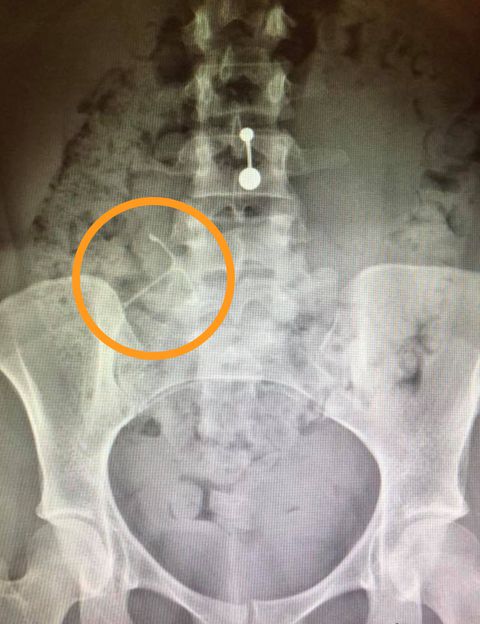
Post surgery, Morgan woke up in the intensive care unit with a breathing tube down her throat.
I spent the next several weeks drifting in and out of sleep. It took a while for me to piece together and process what had happened during my second operation: The surgeon had removed both my ovaries and my uterus, which had blackened inside my body. I still don’t know why and whether my IUD or initial surgery were to blame. My doctors guessed my body was under stress going into the first surgery, during which I might have picked up some type of bacteria. They really didn’t give me any reason.
After the second surgery, I developed an infection known as sepsis from exposure to bacteria or stress from the surgery — my doctors couldn’t say. In response, my blood pressure dropped. My kidney functioning had been affected, so I was put on dialysis.
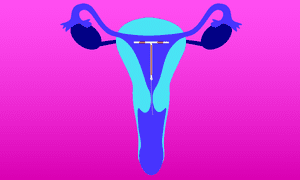
Every time my doctors came in, they delivered bad news — they warned Morgan that she may lose her limbs.
They would wake me up and ask whether I could feel my hands, which felt tingly, and feet, which grew numb. At the end of my third week in the hospital, sensation returned to my hands while my toes began to blacken from necrosis, tissue death due to loss of blood flow.
But one day, when I slipped my left foot out of my sock, my toes were black, cold, and hard to the touch. Because the nerve endings there were already dead, I couldn’t feel a thing.
Although there was no sign of bleeding, my middle toe, I noticed, had fallen off into the fabric. Like a baby tooth, it had been loose. And yet, seeing it neatly detached from my body still totally freaked me out. Instead of screaming, I sprung into action, jumping up to grab a Ziploc bag and seal the toe inside.
When I called my doctor to explain what had happened, he told me to throw it away — there’d be no use for it now, he said. After all, in a few weeks’ time, a surgeon would remove the rest of the toes on my left foot and the tips of my right ones— all of which had begun to darken and die, too.
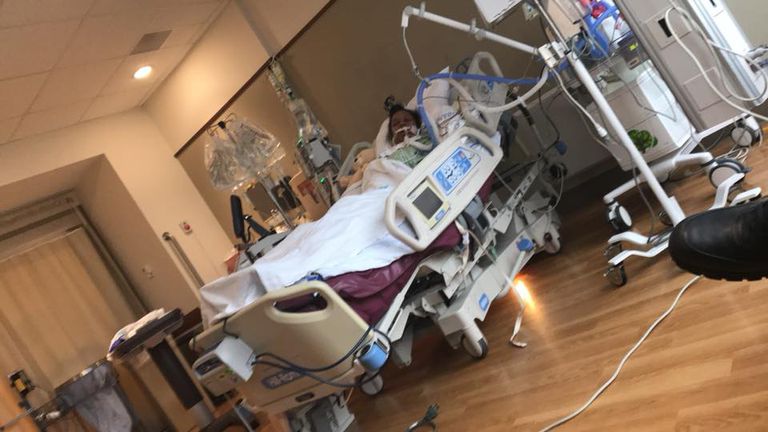
Until Morgan can return to work, she’s raising money to support her and her daughter via GoFundMe. You may click here to donate.
[Source]

